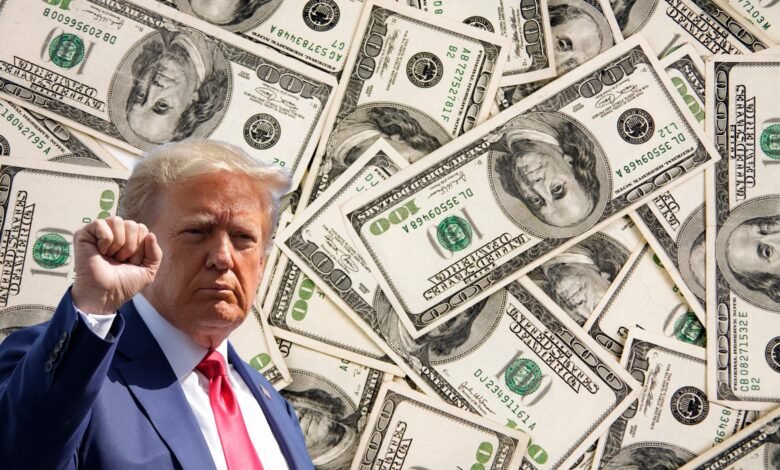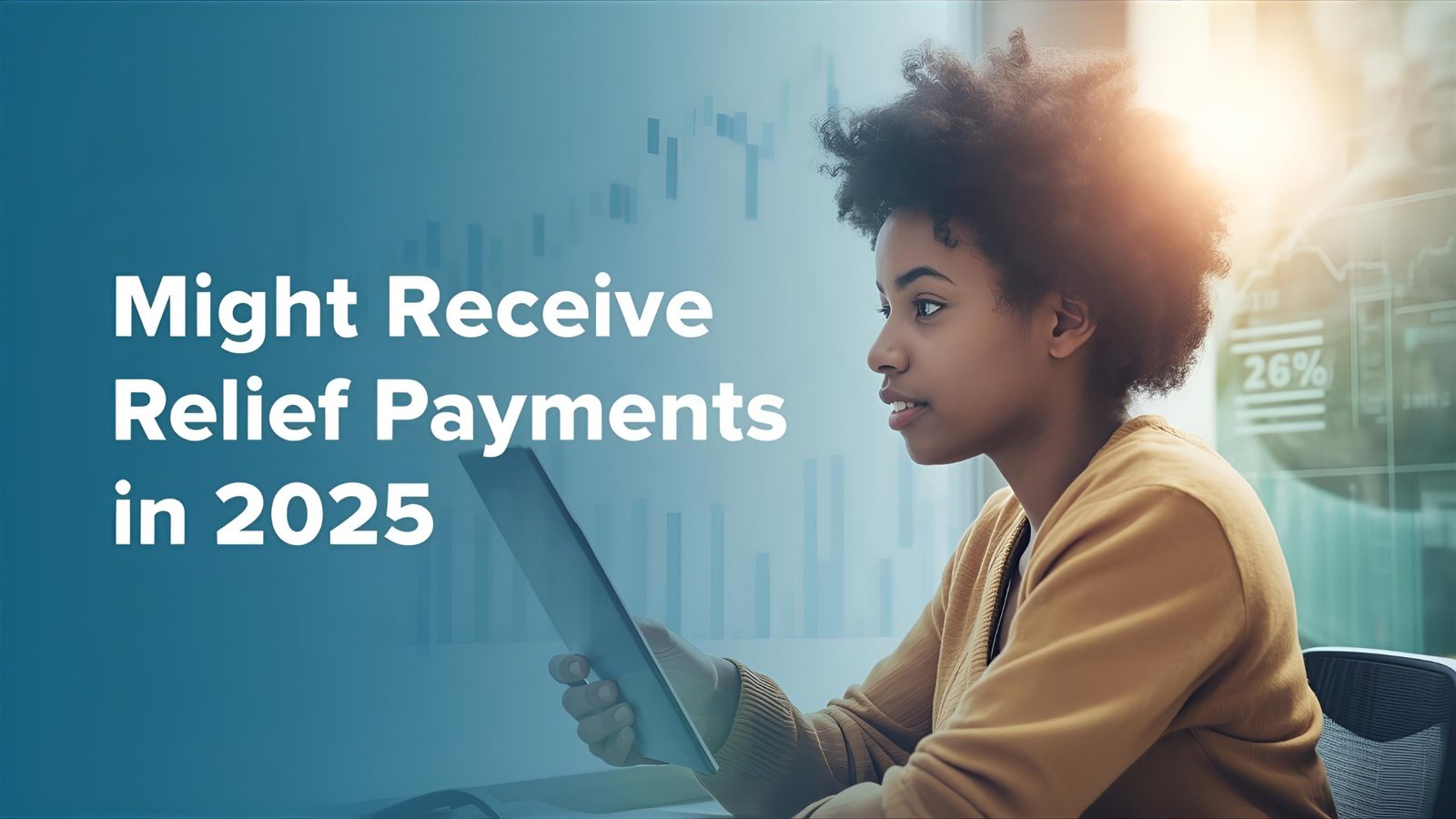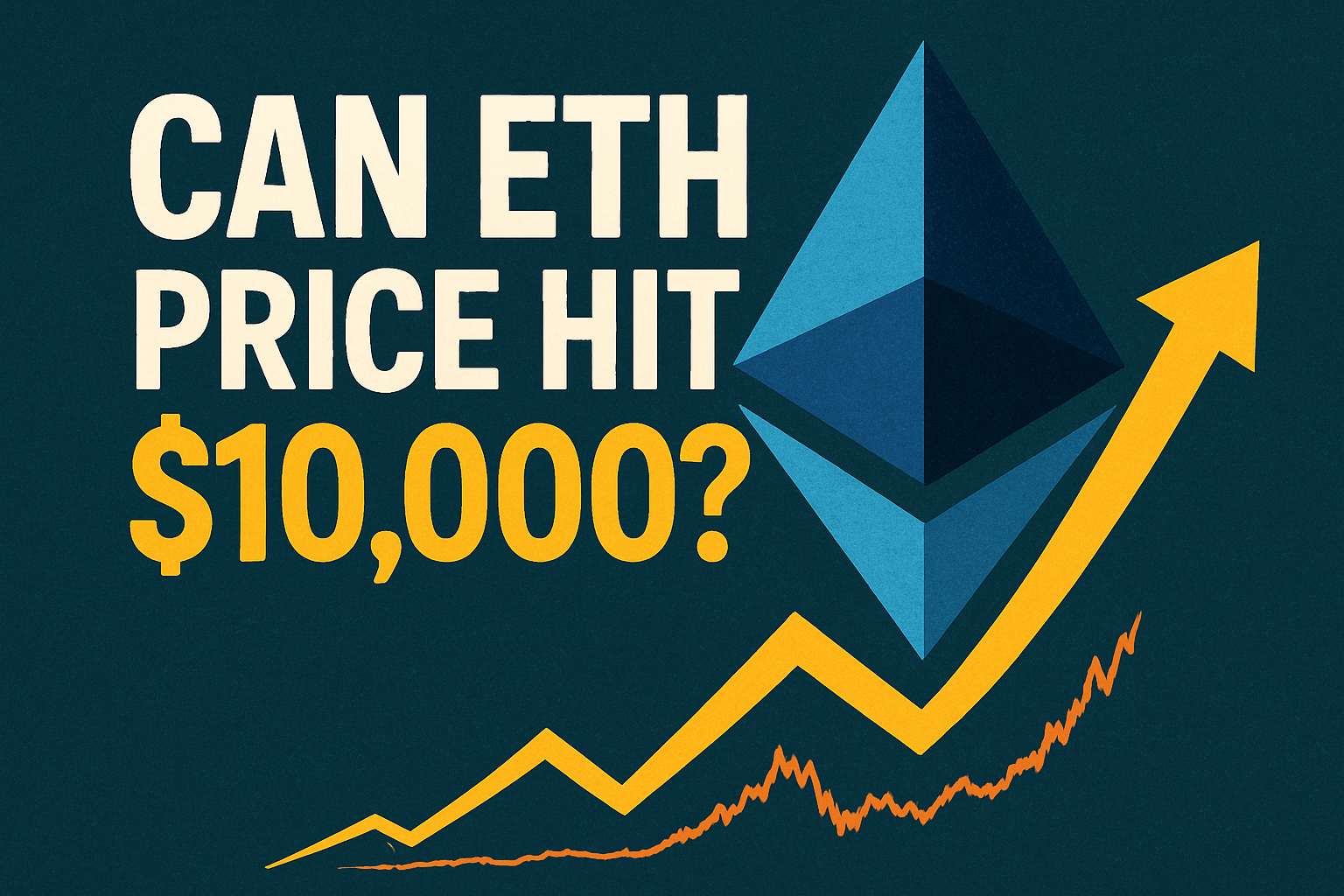
As of now, Congress has not passed legislation to authorize a sweeping stimulus check 2025. Despite headlines and social media claims, the Internal Revenue Service (IRS) has officially stated that no new round of stimulus payments is scheduled. Many of the viral figures—$1,390, $2,000, or $5,000 checks—are speculative and lack legislative backing. (See IRS clarifications debunking rumor checks).
Instead, the only federal payments moving forward are catch-up disbursements tied to previous relief efforts. Specifically, the IRS is issuing payments to individuals who missed claiming credits under the 2021 stimulus programs (Recovery Rebate Credit). That means the so-called “stimulus check 2025” in many public conversations often refers loosely to these retroactive credits rather than a brand new relief package.
The IRS Catch-Up Payments: Legacy Relief, Not New Stimulus
In early 2025, the IRS began distributing $2.4 billion in payments to approximately 1 million taxpayers who had not received one or more of their pandemic-era stimulus checks. These payments can be up to $1,400 per individual, reflecting the maximum credit from the third round of relief. Importantly, these are not new economic stimulus payments but rather adjustments or corrections for those who missed prior eligibility.
The IRS aims to make these disbursements automatic for eligible individuals, typically without requiring them to file amendments or new paperwork. This approach streamlines the delivery but also underscores that these payments belong to past relief programs, not a new initiative dubbed “stimulus check 2025.
Why Many Proposals for Stimulus Check 2025 Remain Just Proposals
Legislative and Budgetary Hurdles
A significant reason a universal stimulus check in 2025 remains elusive is the requirement for Congress to create and approve the necessary funding. Relief payments on a large scale must be codified into law, assigned to agencies, and included in budget bills or spending packages. Currently, no such law has been enacted.
Further, national concerns about inflation, deficits, and public debt make many lawmakers reluctant to approve large, across-the-board payments. The economic climate favors targeted relief over blanket checks; as such, many proposals—even those with strong political support—face steep obstacles in negotiation and budgeting.
One such proposal is the American Worker Rebate Act of 2025, which would offer $600 (or more) per adult and dependent child. But as of yet, that bill remains in the proposal stage and has not been enacted into law. Without legislative approval, such rebates cannot become a reality.
The Tariff/Rebate Plans and “DOGE Dividend” Ideas

Some speculative ideas include distributing stimulus via tariff revenue or “efficiency savings” from hypothetical departments. For example, former President Donald Trump has floated using tariff collections to back $1,000–$2,000 rebate payments. Others have proposed a “DOGE dividend” (Department of Government Efficiency) that would use purported savings to fund checks of up to $5,000. However, these schemes currently lack apparent legal authority, adequate funding, or substantive congressional support.
Without statutory backing, such proposals remain speculative. If any are to become law, they would need to clear substantial legislative, procedural, and constitutional hurdles before actual payments could begin.
Debunking Misinformation Around Stimulus Check 2025
Viral Figures and Speculative Checks
Many social media posts and dubious websites claim imminent checks of $1,390, $2,000, or more. These claims are frequently presented without evidence or a legislative foundation. The IRS and independent fact-checkers consistently label them as false or misleading.
Searchers are often directed to click through “stimulus check 2025” banners or forms asking for personal data. In many cases, these are phishing attempts or scams meant to harvest Social Security numbers, bank account details, or fees. The IRS does not request personal data through unsolicited texts or emails, and urges caution whenever a stimulus-related message feels too good to be true.
Scam Red Flags and Verification Tips
Always be suspicious of requests for upfront processing fees, demands for your bank account or routing number, or communications asking you to “verify” stimulus eligibility via sketchy third-party sites. The IRS does not charge fees to deliver payments, nor does it initiate contact by email or text to request confidential information.
One solid rule: rely on official sources, such as IRS.gov, Congress.gov, or your state’s treasury website. If a message about stimulus check 2025 originates outside those channels, it is best to verify independently or treat it cautiously.
State-Level Relief: The Real Stimulus Checks in 2025
How State “Stimulus Checks” Operate
While a federal stimulus check in 2025 appears unlikely, many states are issuing independent relief payments to their residents. These are typically labeled tax rebates, inflation relief checks, or state stimulus checks rather than being tied to federal economic stimulus programs.
These state payments are funded from surplus tax revenues, budget surpluses, or funds allocated for inflation mitigation. Eligibility criteria often center on income thresholds, residency, past tax filings, or property ownership. The amounts tend to be modest compared to earlier federal checks, but they can still provide meaningful support at the local level.
Illustrative State Programs and Examples
In several states, relief payments for 2025 have already been approved or distributed. For instance, Colorado continues to distribute TABOR refunds, which return excess tax revenue to residents, with amounts varying by income. Other states, such as Georgia, have authorized tax rebates of $250 to $500, depending on income levels. Some states have also issued inflation checks tied to rising consumer prices, especially for low- to moderate-income households. (See reports covering state rebates and inflation relief).
Importantly, these state checks are not coordinated at the federal level—they reflect each state’s priorities, budget conditions, and legislative process. If you live in the U.S., it’s prudent to check your state’s official revenue or treasury website for announcements about relief or rebate programs in 2025.
Eligibility, Timing, and What You Should Do
Who Might Receive Relief Payments in 2025?

Because most stimulus check 2025 payments being discussed are either legacy credits or state-level rebates, eligibility varies broadly. Individuals who failed to claim their 2021 stimulus payments but were eligible may receive catch-up disbursements via the Recovery Rebate Credit. These payments are being issued automatically to those identified by the IRS. No additional action may be required—although some taxpayers who missed the filing deadline needed to file a 2021 return by April 15, 2025, to claim their credit.
For state relief, eligibility may depend on income, tax filing history, residency status, or other criteria defined by your state’s program. Check your state’s official site to confirm if you qualify.
When Payments Arrive and How They Are Delivered
Catch-up payments from the IRS began in early 2025, with many payments expected to be completed by January or shortly thereafter. Recipients will receive funds via direct deposit, paper checks, or prepaid benefit cards based on their IRS records. State rebates follow varied schedules depending on the legislative calendar and administrative readiness. Some states issue payments months into the fiscal year. If a new stimulus program were approved in 2025, it would likely take weeks or months of preparation before payments could be disbursed, due to the need for eligibility verification, database integration, and the establishment of logistical infrastructure.
What You Can Do While Waiting (and If It Never Happens)
Stay Alert and Verify via Official Channels
Since most news about the 2025 stimulus check is speculative, it is best to stay grounded in authoritative sources. Monitor IRS.gov for updates on Economic Impact Payments or Recovery Credits. Track relevant legislation via Congress.gov. Check your state treasury or department of revenue website for announcements about local rebates or relief checks.
If a new stimulus or rebate becomes law, the official websites will be the first to carry the alerts and instructions. User forums, social media, or generic headlines are secondary at best.
Strengthen Your Financial Position Regardless
Given the possibility that no new stimulus checks arrive, it is wise to take proactive steps that help regardless of government relief. Maximize tax credits and deductions for which you qualify. For many, credits such as the Earned Income Tax Credit (EITC) and the Child Tax Credit, as well as other deductions, are often overlooked.
Ensure your tax return is accurate and complete. Build or maintain an emergency fund to cushion against unexpected expenses or income disruptions. Use windfalls (like catch-up payments or state rebates) to pay down high-interest debt, invest in retirement, or shore up savings. These actions deliver long-term benefits that are not contingent upon whether a stimulus check in 2025 is ever implemented.
Conclusion
The search phrase stimulus check 2025 persists because many people hope for direct relief in times of economic stress. But the reality is constrained. No broad federal stimulus has been passed, and the checks already flowing are catch-up payments tied to earlier relief programs. Most new stimulus ideas remain proposals or speculative schemes lacking legislative backing.
While states may offer targeted rebates or relief checks, those vary in scale and eligibility. If you hear a claim about a new stimulus check 2025, approach it with skepticism unless it comes via a trusted government channel. Meanwhile, focus on strengthening your finances—taking advantage of tax credits, saving, and reducing debt—to remain resilient, regardless of whether further stimulus arrives.
FAQs
Q: Will Congress ever approve an accurate stimulus check in late 2025?
It’s possible, but not assured. For a new stimulus to arrive, it must pass Congress and be signed by the President. Given current concerns about deficits, inflation, and political division, any such proposal would face significant hurdles.
Q: How much is the catch-up payment from the IRS for the missed stimulus credit?
The maximum amount being issued is $1,400 per individual, corresponding to the 2021 Recovery Rebate Credit. The IRS allocated a total of $2.4 billion for these payments to approximately 1 million recipients.
Q: What deadline applied to claim stimulus credits from 2021?
The deadline to file a 2021 tax return and claim unreceived stimulus credits was April 15, 2025. After that date, the opportunity to claim those payments legally expired.
Q: Where can I find reliable updates about the 2025 stimulus check?
Use official government sources such as IRS.gov, Congress.gov, and your state’s revenue or treasury website. These are far more reliable than social media or speculative news sites.
Q: Should I act now if a new stimulus check is announced?
If a new stimulus or rebate becomes law, it will require administrative setup. Stay informed and be prepared to verify your information, bank details, or filing status when an official program is launched. But don’t rely on it entirely—plans to bolster your financial stability now will pay off with or without new relief.
Also Read: Breaking Cryptocurrency News: What You Need to Know






